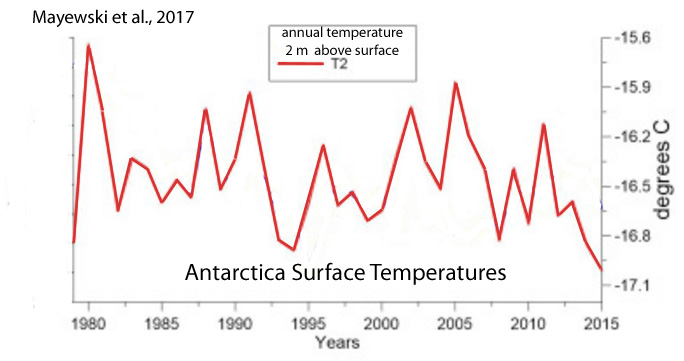
Source: GizaDeathStar.com
Dr. Joseph P. Farrell Ph.D.
July 1, 2017
This website, in case you didn’t know, has a Community forum where people also post conversational items, articles, or just carry on a conversation with whoever else is there. Well, I saw this strange article there posted by Mr. T.H., who shared it with the forum, and I want to post it here and talk about it in my high octane speculation of the day. Here’s the article:
Russian Satellite Could Become The “Brightest Star” In Our Night Sky
Now, as one can imagine, here’s the part that caught my eye:
The small spacecraft, roughly the size of a loaf of bread, will unfurl a giant pyramid-shaped solar reflector in orbit, with the aim of shining brighter than any other star. The reflector, 16 square meters (170 square feet) in size, is supposedly 20 times thinner than human hair, made of a thin polymer film. This spacecraft doesn’t have any other scientific purpose, although the team notes that a similar structure could be used to remove defunct satellites from orbit.
“We want to show that space exploration is something exciting and interesting, but most importantly that today it is accessible to everybody who is interested,” project leader Alexander Shaenko said, reported Sputnik News.
The team is planning to place the spacecraft in a Sun-synchronous orbit 600 kilometers (370 miles) above the ground. This means it will always be in sunlight, and thus will always be shining in the night sky at different locations as Earth rotates. At this height, the spacecraft will also be able to avoid large effects from atmospheric drag, so it could feasibly orbit for weeks, months, or even years.
Of course, the word “pyramid” immediately captured my interest, and I have all sorts of “high octane fantasias” running through my head, but let’s talk about that reflective coating; the satellite, we’re told, will be about the size of a small loaf of bread, which will then unfurl “a giant pyramid-shaped solar reflector” in orbit. Other than this, we’re not told much about the proposed function of the satellite other than to “look bright” and, by implication, “be fun and interesting to do.”
Uh huh…
Now, I don’t know about you, but I for one have some difficulty believing that the Russians would launch a big pyramid-shaped satellite just for kicks and giggles and to provide a nice “Nightlight in the sky.” Perhaps this is the latest component of their highly successful World Election Hacking System. Perhaps it’s some component of an illumination system designed for other purposes, such as blinding the optics of other satellites (ours for example), or some sort of “searchlight” for small but potentially dangerous near Earth objects. After all, Prime Minister Dmitri Medvedev, you’ll recall, back before the Chelyabinsk meteor incident, called for an international asteroid detection and defense system, but if others did not want to join, then Russia would just have to “do it all itself.”
Curiously, Mr. Medvedev, you’ll also recall, also stated that Russia could destroy dangerous asteroids busting them up with missiles carrying large hydrogen bombs (ala the Bruce Willis movie Armageddon). Then, however, he went on to say something in a kind of “oh, hydrogen-bombs-are-so-yesterday” moment, namely, that there were “other means” of busting large rocks in space.
And that of course opened up all sorts of doors for high octane speculation, which I’m sure the remarks were designed to do, and I gladly walked through them then, and do so again now, for I propose to connect Mr. Medvedev’s remarks from those years ago, to this strange story today, and concentrate, not on the reflection properties, but the pyramid shape.
Many people do not know that during the 1960s-1970s and even into the 1980s, the Soviet Union conducted a number of very secret projects in what we would loosely and generally call the “paranormal”. One of these very top secret projects was the “pyramid power project.” Yes, that’s right; the Russians had a top secret project, lasting many years, exploring the alleged strange powers of pyramids for good and ill. To this end, they constructed a number of tall, slim fiberglass pyramids all over Russia. Some are still standing outside of Moscow today, and are a kind of tourist-curiosity destination. To my knowledge, this is the only known official state project investigating pyramid power; I know of no similar such project in any other major power, ever. (Indeed, I first learned of the project before it became more openly known, from a Russian Orthodox priest that was then a friend of mine.)
As I outlined in The Giza Death Star Destroyed, some of these projects were very revealing, and their scope – I am convinced – is not fully known to this day. But one of the significant things that came from this research was the finding, discussed in some papers by the Ukrainian physicist Volodymyr Krasnoholovets, that for some reason the pyramid shape seems to influence the vacuum energy directly. They found – or at least, claimed to have found – that the pyramid geometry was engineering the fabric of the physical medium locally. Strange energy upwellings appeared over the apexes of their pyramids. They discovered, also, that tall “thin” pyramids acted more as antennae for these strange energies, while flatter pyramids acted as collectors of it. Strangely enough, they also found that the height-to-width ratio of the Great Pyramid fulfilled both functions.
So I have to wonder, of course, if this “pyramid satellite project” is a part of those experiments; it certainly seems to suggest that the Soviet Pyramid Project didn’t completely end with the collapse of the Soviet Union, and the disclosure of the existence of the project, and that it may be moving into space. If indeed the alleged discoveries of “medium-manipulating” characteristics of the pyramid shape are true, it stands to reason they would want to study those properties in the low-to-zero gravity context of space itself. The reflective coating would also correlate to other pyramid investigations – those of the American engineer Parr, for example – where the position of the sun, incoming solar energy, and so on, played a major role.
In short, for those who’ve been paying attention to this strange area of research, there is probably much more going on here than meets the eye.
See you on the flip side…
Read More At: GizaDeathStar.com
________________________________________________
About Dr. Joseph P. Farrell
Joseph P. Farrell has a doctorate in patristics from the University of Oxford, and pursues research in physics, alternative history and science, and “strange stuff”. His book The Giza DeathStar, for which the Giza Community is named, was published in the spring of 2002, and was his first venture into “alternative history and science”.



 Source: Notrickszone.com
Source: Notrickszone.com





















































































